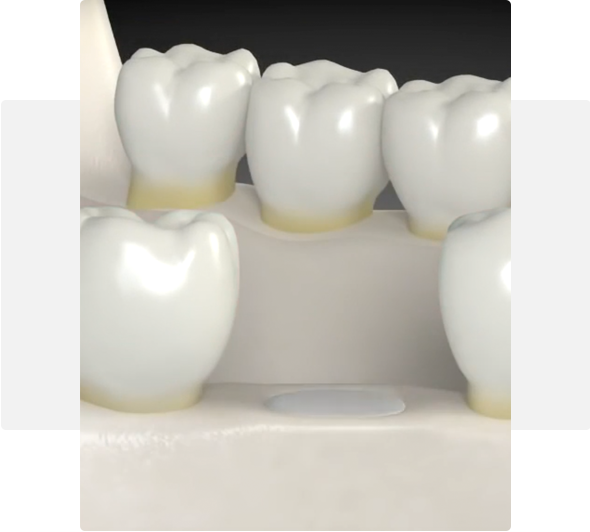
- New Patients: (770) 343-4337
- Current Patients: (770) 668-0604
- 1707 Mount Vernon Road Dunwoody, GA 30338
Guided tissue bone regeneration does not always require the removal of bone from any other part of the body. Instead, doctors offer many options that use membrane barriers, tissue stimulating proteins, or bioactive growth factor gels. Occasionally, bone grafting procedures are required. The goal of each of these treatment options is to stimulate the body to grow new bone or to hold the space for the bone to regenerate into.
Guided tissue bone regeneration helps the body to regenerate lost bone. By repairing the damage caused by gum disease, this procedure will increase the chances of keeping your natural teeth by preventing further bone loss and will decrease the odds of serious health problems associated with gum disease.
The placement of dental implants may also generate the need for guided tissue regeneration. An implant requires a sufficient amount of bone for support. For those patients that would benefit from replacing missing teeth with dental implants, guided tissue regeneration may first be recommended by your doctor.
Local anesthesia is used to numb the area where the bone will be augmented. An incision is made in the gums around where the bone will be augmented. Our doctor may place a mixture of your bone marrow and some bone grafting material around the bone graft to help speed healing. The incision is then closed with stitches. Your dental implant procedure will not take place until your mouth has healed completely.
After the procedure you will likely be given antibiotics as well as pain medication. You will be asked to follow a restricted diet of soft foods such as pastas, mashed potatoes, and applesauce for a short time following your bone grafting procedure. It will often be about six to nine months following the bone graft before your doctor will be able to perform your dental implant procedure.


© 2018 Dental Website by Progressive Dental Marketing